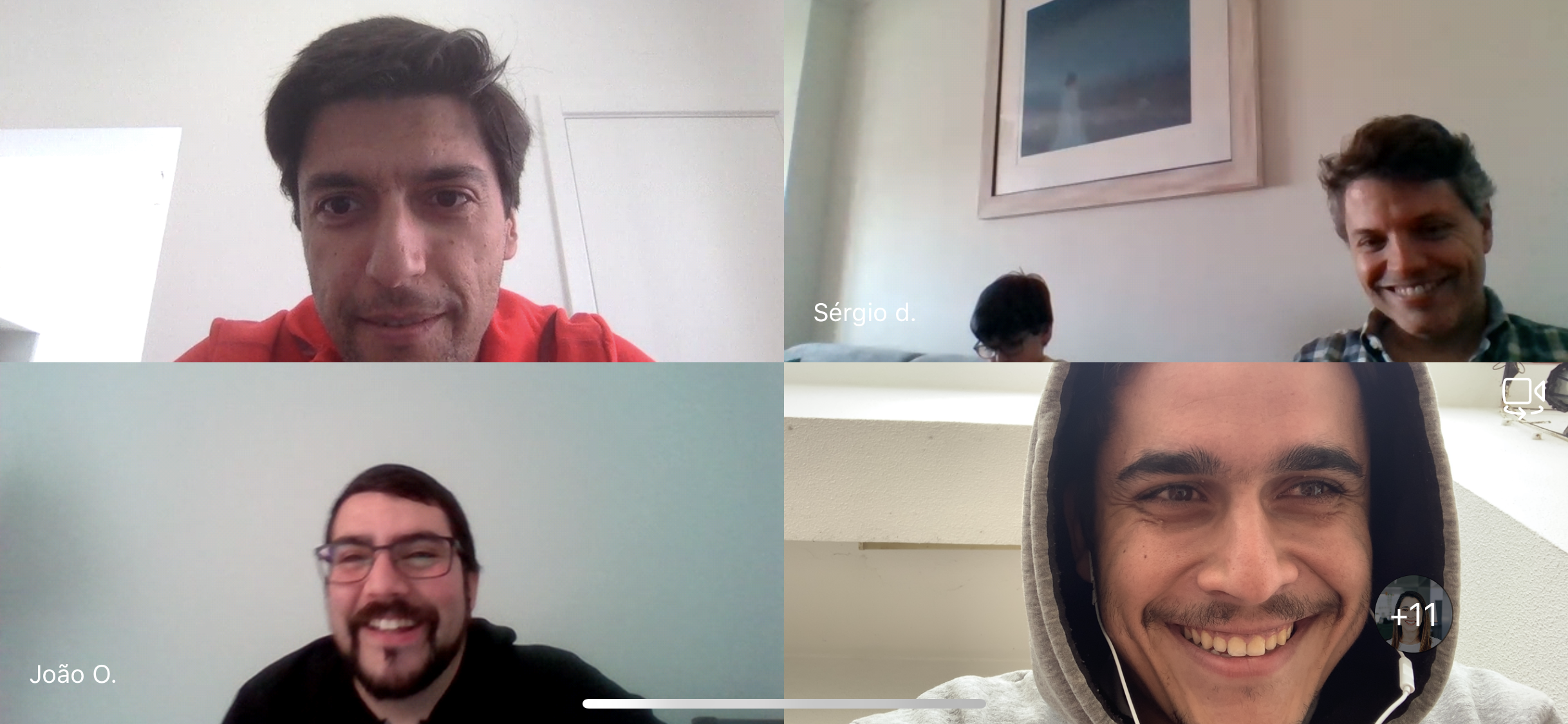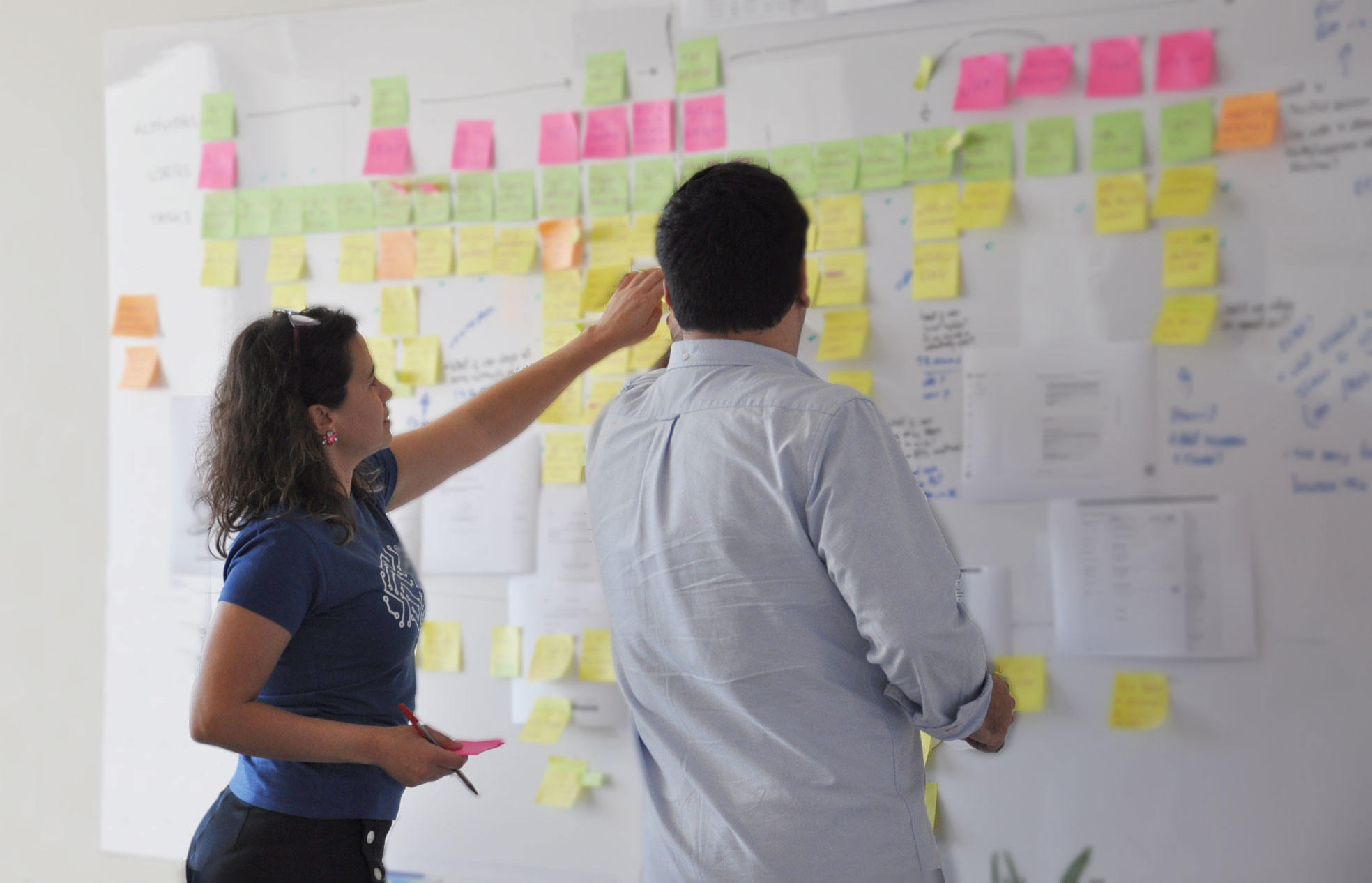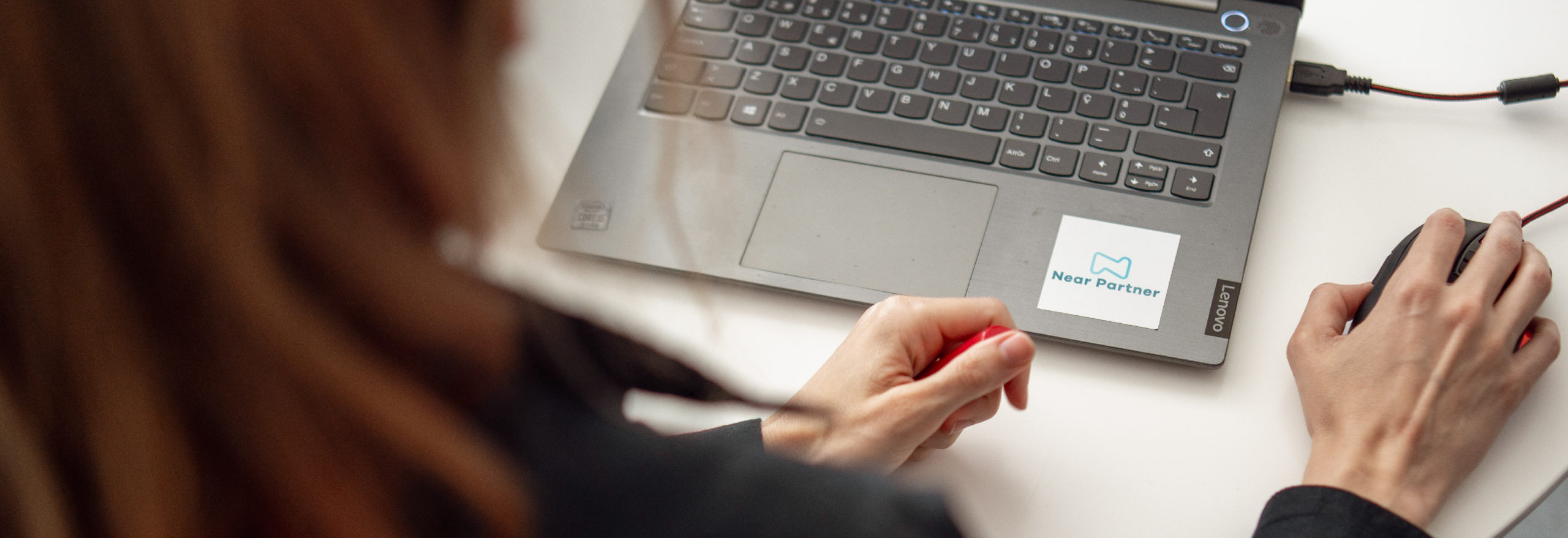
How Agile is helping us get through the COVID Crisis
In March 2020 COVID-19 was declared a pandemic, triggering a worldwide public health emergency. The impact on people, health, businesses, and other pillars of the global economy is unprecedent!
The virus was spreading at a breakneck pace (still is, unfortunately), and governments around the world have implemented several restrictive measures to curb its spread. Portugal, for example, announced mandatory quarantine on March 17, extending it for over 50 days. During that period, just like many countries around the world, organizations were forced to shut down or send their employees home.
The pandemic forced us to completely change the way we live and work. This change was difficult for most of us… I’m sure you can relate. One thing we learned in this period of crisis is that different people react differently to complexities and uncertainties, including feelings of loss of control, anxiety about well-being and conjectures around insecurity.
However, with a strong company culture and leadership, it is possible to give your team the confidence and comfort to continue their best work. We are proud to say that, as a team, we have been getting through this crisis without affecting our work and the relationship with our clients.

This was possible because long before this, we built the foundations to be resilient to change. How? We built agile teams, with a strong and focused work methodologies.
In this article we share some practices we have adopted over time that are helping us overcome not only the pandemic but many other obstacles that emerged in professional day to day. I hope that it will inspire you to build organizational flexibility using the Agile methodology to emerge stronger from this period of insecurity.
But first… let’s talk about the Agile Methodology
Agile was born in 2001 when 17 technologists drafted the Agile Manifesto. They wrote four major principles for agile project management, with the goal of developing better software:
- Individuals and interactions over processes and tools
- Working software over comprehensive documentation
- Customer collaboration over contract negotiation
- Responding to change over following a plan
This methodology was created to help organizations increase speed in project development, have greater flexibility and focus on the customer relationship. This approach to software development management was so successful that it inspired several functions across organizations to practice the agile methodology, or a version of it.
Here, at Near Partner, we are big believers of Agile. Camilo wrote an entire blog post about it: Agile Development: what being agile means to us. This article talks about what Agile means to us and how we deal with this methodology in our daily work. It also talks about the most common misconceptions when we are talking about Agile.
Our experience has shown us that, as Camilo says, the word “Agile” says it all. Things are not “always” or “never”. Projects change. Situations change. The environment is different. Sometimes, some ceremonies might not make sense. Sometimes agile may not even be the best option. Agile is the means to get you there, not the end.
But let’s talk about what brought you here.
As I mentioned before, we are big fans of Agile software development and we believe that this methodology is the reason we dealt so well with this massive change.
Currently, we are slowly returning to the office and entering a new phase: part of the team is telecommuting and another in the office (we gave our team the freedom to choose how they prefer to work).
I don’t know if I can say that we are in the aftermath of mandatory remote work, but we are at a stage where we already see the light at the end of the tunnel. It is safe to say that we can look back and see that the balance was clearly positive. Why? We had Agile on our side.

Let me share 4 reasons why Agile was instrumental in this drastic change in the way we work with our clients:
1. Agile allows for quick shifts
I know… I have mentioned this multiple times across this blog post. Sorry about that! But it is a critical element of this approach. You don’t need a world health crisis to realize you need to be flexible. Every time you need to make quick adjustments to priorities, approaches or the content of work, Agile is the way to go!
In Agile we “break” projects into pieces. We break down project development into small increments that minimize the amount of up-front planning and design. By completing tasks bit by bit, it provides the opportunity to make any corrections or simply change the course of action whenever things are not going as planned.
Because work has been planned, with iterations over shorter time frames (typically last from one to four weeks), you can manage any bump in the road you may find along the way (in this case a gigantic crash that is coronavirus crisis).
2. Agile provides rhythm to work
Do you know that trendy song that plays continuously on the radio? The one who, even if it isn’t your jam, you end up knowing the lyrics from beginning to end? Well, repetition has these things – you end up getting into the rhythm.
Agile can be something like that! The repetitive core of an Agile development methodology provides structure and keeps the project moving forward, even when problems pop up. Why? Agile is based on sprints that include repetitive events called rituals. These rituals are scheduled on the same day of the week for every sprint. After a few weeks, everyone on the team knows what to do and when to do it—and a rhythm is established.
So, when things are unclear and nothing seems normal, Agile provides systematic standards for getting the job done. Whether doing a daily stand-up or planning the next sprint, these rituals bring a much-needed sense of normalcy and, ultimately, elevate your team’s mood!
3. Agile is customer-centric
The crisis was particularly hard for companies. The uncertainty put many projects on the shelf, and many others were left unfinished. But those who had the courage and the means to continue to innovate, were the adventurers who made us realize how much customer-centric Agile is.
Now let’s see.
We all know that the customer doesn’t always know what he wants… Usually only when he starts to interact with the product, is when he really understands his needs. Therefore, is essential to deliver the product as quickly as possible. Because development is phased, we can keep the customer engaged, and he can give us constant feedback to make sure we are on the right path.
The ceremonies are another key element of the relationship. These rituals bring a lot of clarity into the requirements and a better understanding about the work that is expected from the team. Conducting these ceremonies correctly will help you improve the quality of the process and the product.
So, never forget the old maxim, “the customer is always right”.
Today, when uncertainty prevails and options are many, involve your client in the development process. Agile techniques will only help you build the perfect partnership with your Client!
4. Agile is empowering
Another cornerstone of Agile is to empower all team members. Agile is a collaborative, iterative and transparent process. This means that all stakeholders are updated on assigned tasks at regular intervals, provide feedback, and then the team knows what needs to be changed or improved. Together, the team discusses the problems and comes up with a solution.
This allows teams to decide on the fly, rather than asking for permission or waiting for managers to make the assessment.
These rituals maintain a level of information capable of ensuring speed and responsiveness to customer needs. COVID just added more pressure to these projects. Reacting even faster gave the necessary leverage to deal with the current circumstances.
Doing Agile vs. Being Agile
When the pandemic exploded, we could understand perfectly who was doing Agile and who was being Agile. We all managed to define processes, create tasks and have daily meetings.
However, to truly solve problems and be ready for quick shifts, you must first understand the culture and mindset behind this methodology. The practices behind Agile is just the system that sustains and supports agility in the long run.
Being agile has more to do with who we are, our essence. It is something that is built and diluted in the organizational culture and exudes in the pores of each member of the team.
We are agile. Yes, I am sure of that. Today, more than ever, I know that we can and will overcome any roadblocks, hurdles, and problems, to successfully deliver the project.
So, take advantage of this amazing methodology to help you get through these crazy times. Need help through this journey? We are here to help!




